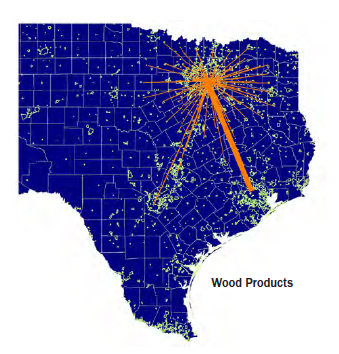The Annie E. Casey Foundation just released their 22nd annual Kids Count Data Book and now have their data available online through the Kids Count Data Center. "Kids Count is a national and state-by-state effort to track the status of children in the U.S. The Foundation provides policymakers and citizens with benchmarks of child well-being and seeks to to enrich local, state, and national discussions concerning ways to secure better futures for all children." With the online tool users can compare individual states or look at indicators across states for comparison and rank and then download the data in charts and maps for presentations. The statistics cover all of what you would expect but you will also find unique factors represented for a complete overview of children's well-being. Research includes information on children's:
- demographics with info on immigrant families
- education including test scores
- family structure
- health with insurance, dental, even mental health stats
- safety with stats on out of home placement










